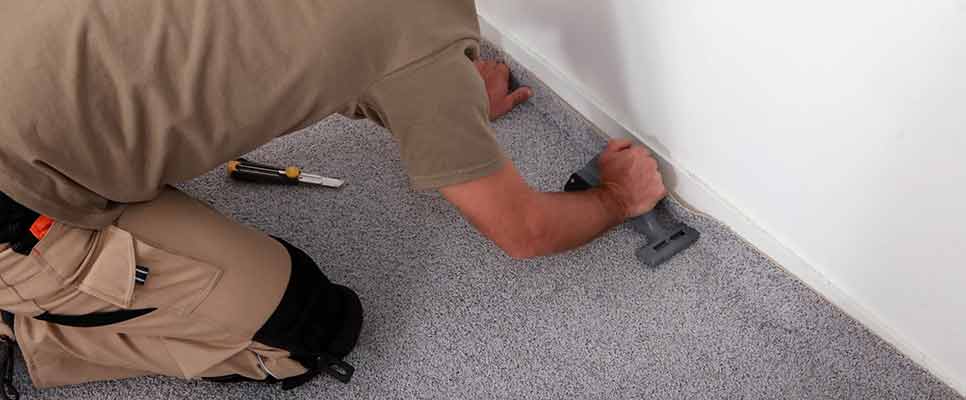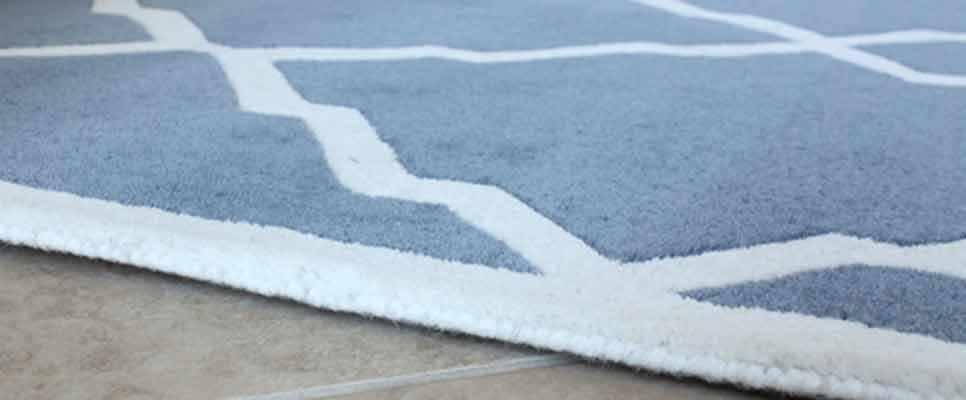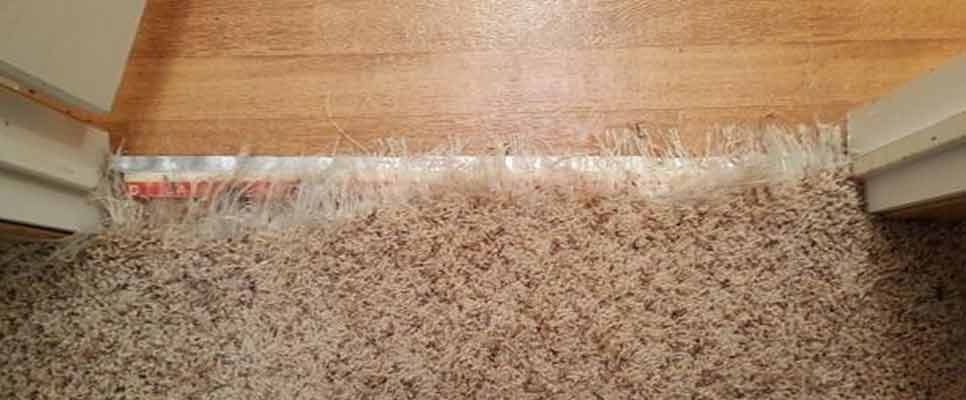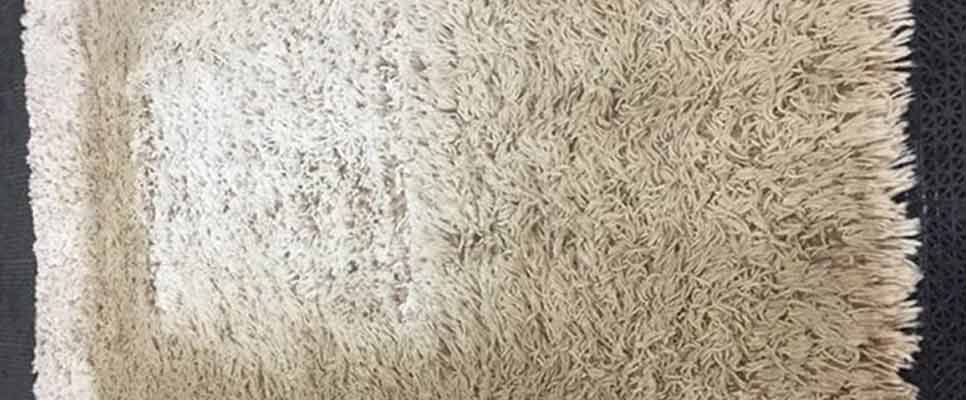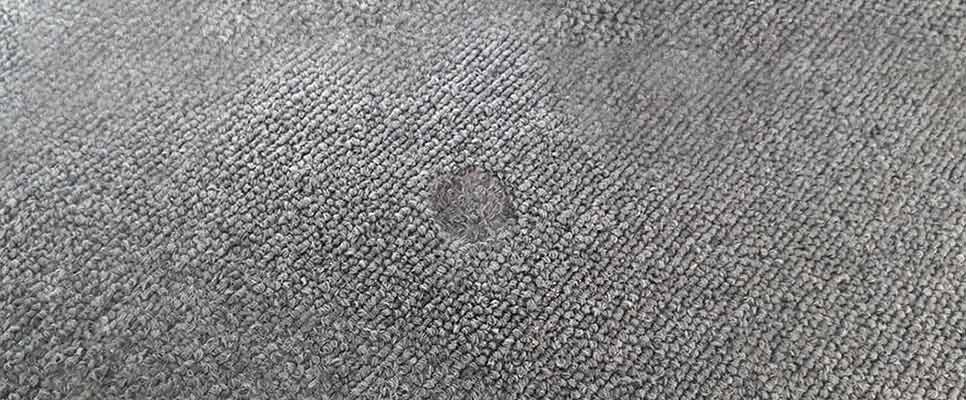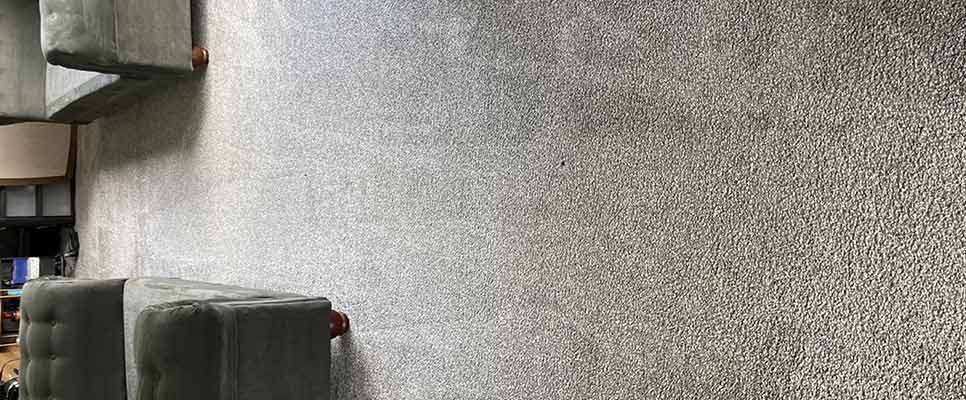Our furry friends can bring immeasurable joy and companionship to our lives, but they can also leave their mark on our carpets in the form of unsightly damage. Whether it’s claw marks, stains, or frayed edges, dealing with pet-related carpet damage is a common challenge for many pet owners. In this guide, we will share expert insights on how to repair carpet damage caused by pets and bring your carpets back to their former glory.
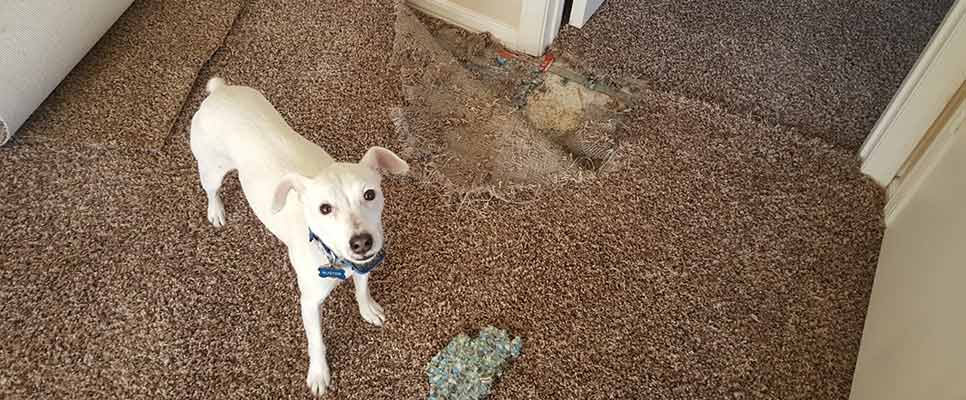
Identifying the Damage
The first step in addressing pet-related carpet damage is to identify the type and extent of the damage. This will help you choose the most appropriate repair method. Common types of pet-related carpet damage include:
1. Claw Marks: Pets, especially cats, may scratch or dig their claws into the carpet, leaving visible marks.
2. Stains: Pet accidents can result in stains that are not only unsightly but can also produce odors.
3. Frayed Edges: Dogs and cats can pull at carpet edges, causing them to fray or unravel.
Basic Carpet Cleaning and Maintenance
Before diving into specific repair methods, it’s essential to maintain good carpet hygiene:
1. Regularly vacuum the carpet to remove dirt and pet hair.
2. Clean up pet accidents promptly to prevent stains from setting.
3. Use pet-friendly cleaning products to remove pet odors and stains.
Reviving Your Carpet: Repairing Claw Marks
Claw marks from pets can be a common issue, but with the right approach, you can effectively repair these blemishes and prevent further damage. Here’s a step-by-step guide for repairing claw marks on your carpet:
1. Regular Nail Maintenance: To prevent further damage, it’s essential to maintain your pet’s nails by trimming them regularly. This reduces the likelihood of deep scratches and claw marks on the carpet.
2. Tease Out Carpet Fibers: For minor claw marks and snags, use a fine-toothed comb to gently tease out the affected carpet fibers. This can often help to camouflage and smooth the damaged area.
3. Trim Damaged Fibers: In cases where the damage is more extensive and teasing out the fibers doesn’t suffice, you may need to trim the damaged fibers with sharp scissors. Carefully cut the fibers to create a more even and less noticeable surface.
By following these steps, you can effectively repair claw marks on your carpet, restoring its appearance and ensuring it remains in good condition. Regular nail maintenance for your pet is also a proactive measure to prevent future damage.
Effectively Addressing Carpet Stains: Tips and Techniques
Pet stains can be particularly challenging to deal with due to their potential to leave both visible marks and lingering odors. Here’s a comprehensive step-by-step guide to effectively address pet stains on your carpet:
1. Blot the Stain: Begin by blotting up as much of the pet stain as possible using paper towels or a clean cloth. Press down gently to absorb the liquid without spreading the stain.
2. Prepare a Cleaning Solution: Create a cleaning solution by mixing equal parts water and white vinegar. This mixture is effective in neutralizing odors and breaking down the stain.
3. Scrub Gently: Dip a soft cloth or a scrub brush into the water and white vinegar solution, then gently scrub the stained area. Work in a circular motion, being cautious not to damage the carpet fibers. Continue until the stain is no longer visible.
4. Rinse and Dry: Rinse the treated area with clean water to remove any residual cleaning solution. Blot the area dry with paper towels or a clean cloth. Ensure it’s thoroughly dried to prevent mold or mildew growth.
5. Address Lingering Odors: If persistent odors remain, consider using an enzymatic pet stain remover. Follow the product’s instructions for application and allow it to dry completely.
By following these steps, you can effectively address pet stains, restoring the cleanliness and freshness of your carpet. Remember that acting promptly is key to preventing stains from setting in and becoming more difficult to remove.
Restoring the Elegance of Your Carpets: Repairing Frayed Edges
Frayed carpet edges can be a common issue, but with some simple steps, you can restore the appearance and integrity of your carpet. Here’s a step-by-step guide on repairing frayed edges:
1. Trim Carefully: Begin by carefully inspecting the frayed area. Using sharp scissors, trim away any loose or frayed edges. Be sure to make clean and precise cuts to prevent further unraveling.
2. Apply Fabric-Friendly Glue: Once you have trimmed the frayed edges, apply a small amount of clear glue that is safe for fabric. It’s crucial to choose a glue that won’t damage the carpet’s material. Apply the glue along the trimmed edge, ensuring even coverage.
3. Press and Hold: Gently press the glued edge back into its original position. Hold it firmly in place until the glue sets and dries. This may take a few minutes, so exercise patience to ensure a secure bond.
By following these steps, you can effectively repair frayed carpet edges, not only improving the carpet’s appearance but also preventing the fraying from spreading further. It’s a practical and budget-friendly solution to extend the life of your carpet.
Reviving Your Carpets Through Expert Patching
For larger or irreparable damage, consider patching the affected area:
1. Cut a patch of carpet from an inconspicuous area, like a closet or an extra piece if you have one.
2. Apply double-sided carpet tape to the damaged area.
3. Press the patch onto the tape, aligning the carpet fibers carefully.
4. Trim any excess patch material and blend it into the surrounding carpet.
The Value of Seeking Professional Assistance for Carpet Care
Sometimes, pet-related carpet damage can be severe or extend beyond what you can easily repair yourself. In such cases, it’s wise to seek the help of a professional carpet cleaner or repair specialist. They have the expertise and tools to tackle extensive damage effectively.
Also Read: Why Do Some Carpets Shed and Fuzz?
Proactive Strategies for Preventing Pet-Related Carpet Damage
Taking preventative measures to safeguard your carpets against pet-related damage is undoubtedly the wisest approach to ensure their longevity and visual appeal. In this regard, there are several proactive steps you can incorporate into your pet-friendly home environment.
To begin with, opt for carpets designed specifically for pet owners. These carpets boast superior durability and resistance to stains and damage, which makes them a smart investment. Additionally, placing pet mats beneath your pet’s food and water dishes can be highly effective in preventing spills and stains from reaching your carpet. This small but practical addition can go a long way in maintaining the pristine appearance of your flooring.
For cat owners, offering scratching posts is a beneficial strategy. Cats often scratch to maintain their claws, and by providing them with designated scratching posts, you not only protect your carpets but also meet their natural instinctual needs.
Furthermore, pet training is an essential aspect of carpet preservation. Train your pets to avoid specific areas within your home or to utilize designated spots for scratching and bathroom needs. This proactive approach not only minimizes potential damage but also fosters a harmonious living environment for both you and your beloved pets. In conclusion, by implementing these preventative measures, you can enjoy a well-maintained carpet that remains beautiful and functional in your pet-friendly home.
Also Read: Will Vinegar Get Cat Pee Smell Out Of Carpet?
Conclusion
Repairing carpet damage caused by pets is a common challenge, but with the right knowledge and a bit of effort, you can make your carpets look as good as new. By identifying the type of damage, using appropriate repair methods, and taking preventative measures, you can keep your carpets in excellent condition while enjoying the company of your beloved pets. Remember that while some damage can be repaired at home, it’s always a good idea to consult with professionals for extensive or difficult-to-repair damage.

